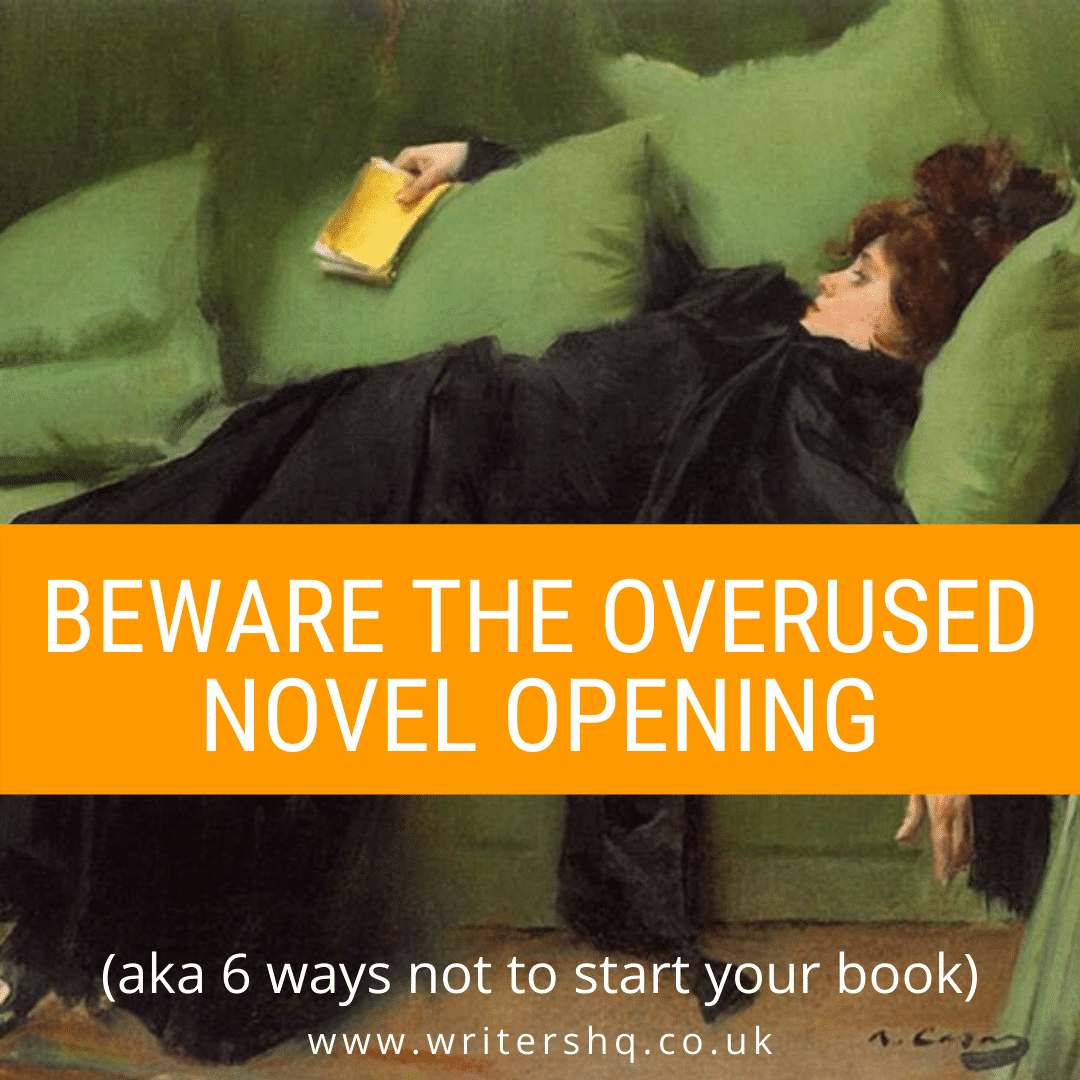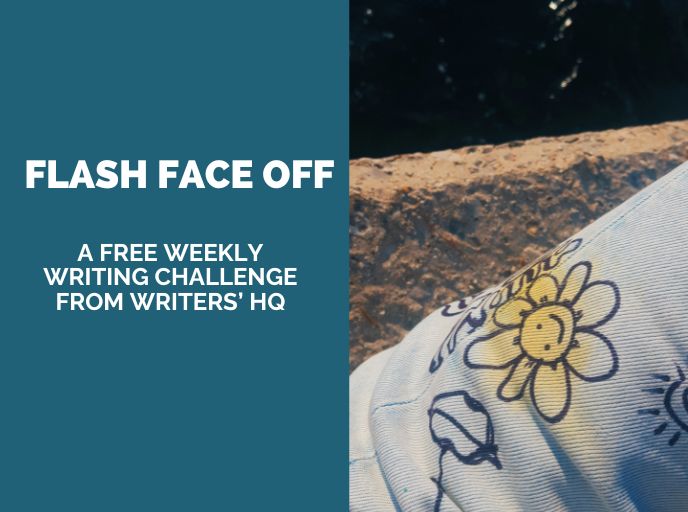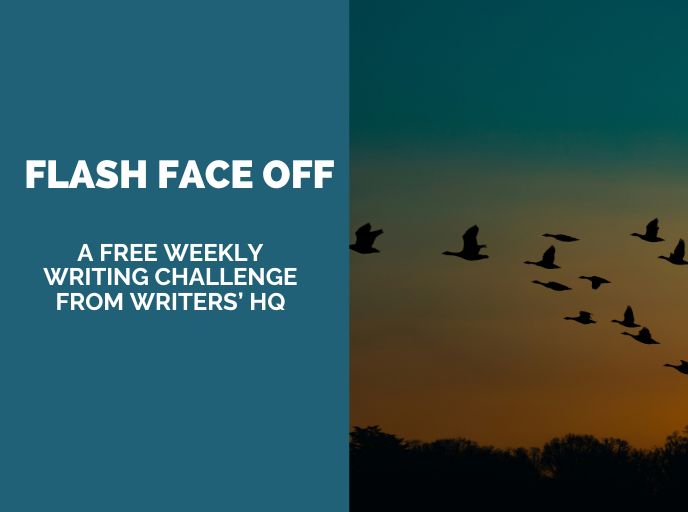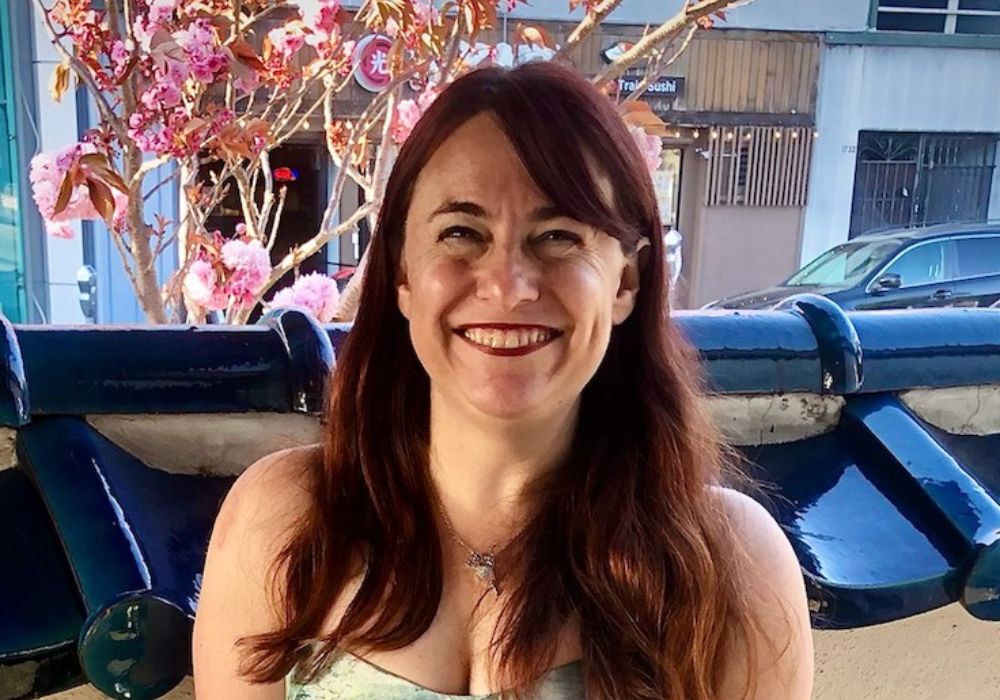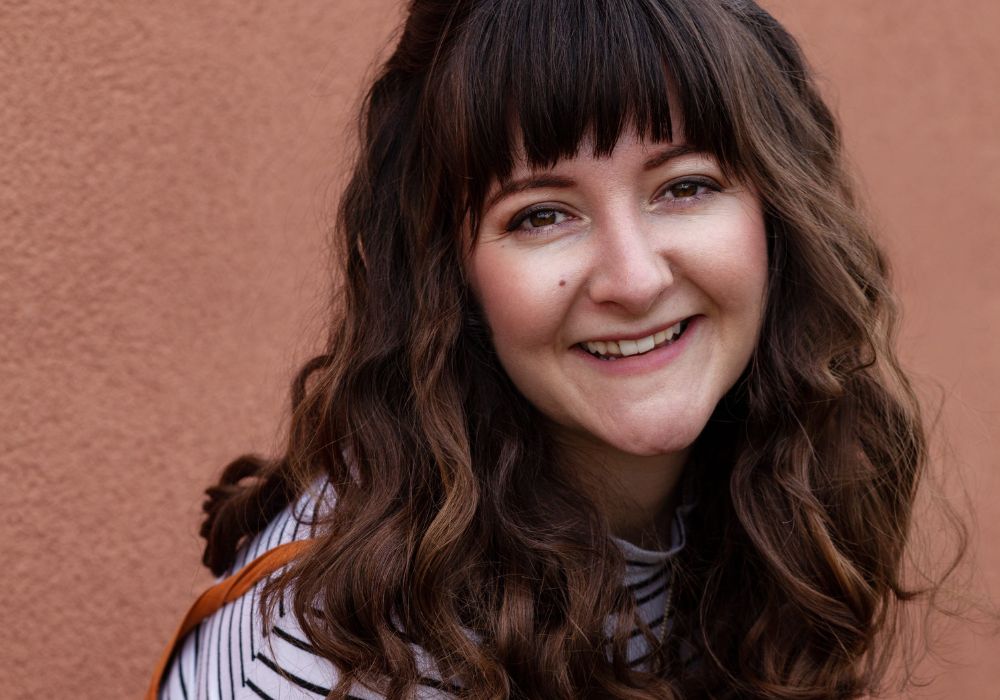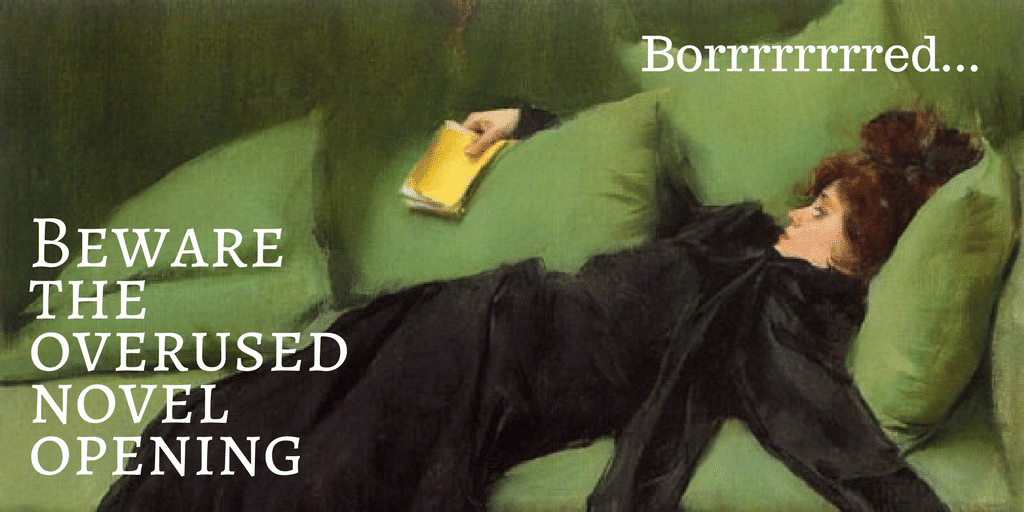
If you’ve already read our blog on How to Write a Kickass Opening Chapter then you’ll know it should be full of intrigue and engaging characters and conflict and all those brilliant things that will make an agent want to keep reading. (And if you haven’t read it yet, go and do that now.) But we missed out one important ingredient – BALANCE. Or perhaps that should be MODERATION. Don’t throw absolutely everything into those early pages in the hope that the sheer quantity of super-exciting stuff will hook you a book deal. Because above all, the one thing that will make you stand out from the slush pile is GOOD WRITING.
After all, a good story, well told, is all any of us really wants, right?
We’ve already talked about what makes a good novel opening. Now it’s time to look at what NOT to do.
According to the many, many, many (sometimes grumpy but often quite fascinating) lists of ‘worst ways to begin your novel’ that can be found floating around t’interwebs, literary agents see A LOT of the same things again and again (and again) in sample pages. So it makes sense to maybe try to avoid those things, y’know? I mean, If you’ve only got 3-5 pages to make an impact, do you really want to be using the same damn storytelling techniques that an agent has already read 20 times that day? Or do you wanna blow their minds with something different? (Hint: do the second thing.)
IMPORTANT NOTE: If you find your novel opening on the following list of ‘don’ts’, please don’t spontaneously combust with rage/melt into a devastated puddle. It’s entirely possible to take any of these concepts and make them The Most Amazing Novel Opening In The History Of Novel Openings. The key is to make it unique. Conversely, if you find yourself using one of these openings as an ‘easy’ way to get into the story, it might be worth thinking about trying to introduce the world and characters of your book in a way that hasn’t been done (so much) before.
Right, enough awkward justification for what we’re about to write. Here’s a short listicle of some of the more common novel openings that you might wanna maybe definitely kinda avoid…
NOVEL OPENINGS WE’VE SEEN ENOUGH OF ALREADY:
#1: In which the main character wakes up and gets ready for work/goes through their morning routine
The alarm clock goes off. Dang it, your protag is late for work. Maybe they’re hungover. Maybe they need to extricate themselves from a misguided one night stand. Either way, they’re an adorable, relatable mess, and we’re gradually introduced to their life via their daily routine. (Bonus minus points if they stop to look in a mirror and describe their own appearance.)
Sound familiar? That’s ’cause it is. Take a minute to think how many films/books you’ve seen/read that start this way. MANY-LOTS. It’s become formulaic, which doesn’t necessarily mean it’s BAD, but when something is overly recognisable it can start to feel, well, a lil’ bit lazy. If you really want an effective way to introduce your protag, look for a defining moment in which they demonstrate what kind of person they are, or a moment where their normal routine is challenged in some way.
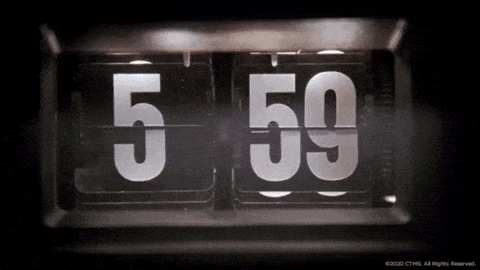
#2: In which something bizarre/exciting/extreme happens that subsequently turns out to be a dream aka ‘The Fake-Out’
Slapping your reader in the face with a red herring might seem like an exciting or unexpected way to start a book but more often than not it’s just, well, kind of annoying. Remember: you’re trying to establish the world of the story as quickly as possible – not confuse us right off the bat. If you spend ten pages immersing the reader in a situation and then jump out and yell ‘psyche!’, we’re gonna feel a bit cheated. Remember ALSO that the purpose of your sample pages is to introduce an agent to the atmosphere and tone and style of your book, not blindside them with something completely misleading.
#3: In which we spend a loooong time on exposition/world-building/character description but nothing much happens
Exposition/world-building/backstory/character description are all important elements in the opening chapters of a novel but not to the detriment of PLOT. If your first coupla chapters consist purely of preamble then an agent is probably gonna assume that the rest of your novel is also in need of a damn good edit, and your readers are gonna get hella bored before they’ve got into the meat of your story. The trick with exposition is to weave it into your story so that it subtly adds depth and interest to the action – not to dump an Acme anvil of information onto the reader’s head as soon as they open the book.
#4: In which we burst into the story in medias res (in the middle of the action) but we have no idea who the characters are or what they’re doing so we’re it’s just like walking into a cinema half way through the film and we’re lost before we even begin…
I mean, sure – skip the long drawn out exposition approach by all means, but don’t go too far the opposite way and leave us totally stranded with no anchor-point. Since the time of Homer, writers have used the trick of opening with a scene from the end or middle of the story before jumping all the way back to the beginning and continuing from there. It’s a bit like a little teaser trailer, as if the writer’s saying: “Look at this super dooper exciting stuff that’s coming up – you’d better keep reading ‘til you get there, natch.” But where it goes WRONG is when there’s really no connection between that flash-forward and the real beginning of the book – it’s just a gimmick to grab our attention. So if you’re gonna use this technique, make sure it adds something to the telling of your story. [See also: prologues – more on that below]
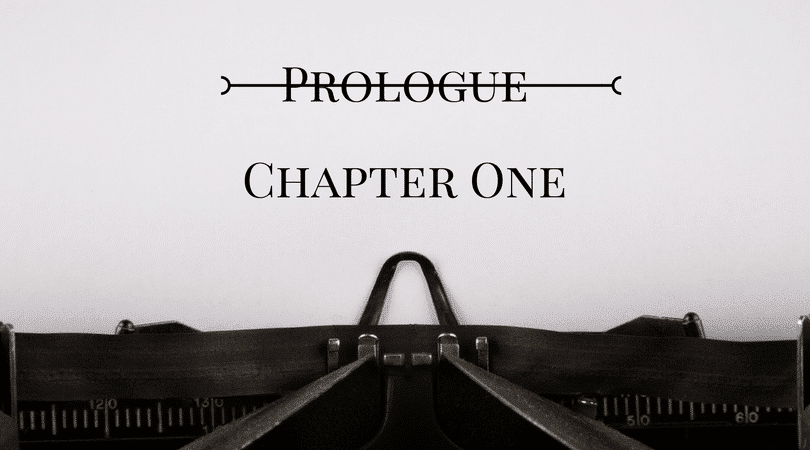
#5: In which the book begins with dialogue but we have no context for the conversation
This one’s really an addendum to the previous point, and requires the same kind of balance between intrigue and character-building and exposition. OF COURSE you can use dialogue to help introduce your characters (exactly like Emma Healey advises in this video from our last blog) but don’t forget to add signposts and clues to show us who’s speaking, where they are, and what the flip is going on around them.
#6: In which there’s a prologue so far detached from the style/content of chapter 1 that we are immediately confused as to what the story is actually about – OR – a prologue that only exists to info-dump a whole load of backstory to prepare us for Chapter 1 – OR – a prologue that goes on and on and on until you can only fit a few pages of your actual first chapter into your sample pages – OR – any madcap combination of the above
<sigh> There’s a helluva lot of discourse on prologues in the world of publishing if you really wanna go there. Some agents abhor them in every form. Some are indifferent. Some think they’re great so long as they are of benefit to the story. And it’s this last camp that probably gives the best advice, like lit agent Janet Reid, who says:
“A query is not the full manuscript and it’s certainly NOT the finished book. Reading at the query stage is often skimming. It’s NOT settling on the couch with a cat and a cup of java for a nice read of an 800-page novel.
The query is designed to entice the reader (in this case the agent) to read more. Which part of your book is best suited for that? Your prologue or Chapter One? Be very critical in your assessment here. If I’m only going to read five pages, which ones are they?”
Janet Reid on ‘the oft-maligned prologue’
If you’ve managed to get this far, you should now be able to see how easily prologues fall foul of all those problematic categories above, Too often they’re simply used as expository vehicle for backstory, or a sneaky way to insert action into an otherwise slow start – so unless your story cannot possibly make sense without your prologue, it’s worth taking a long hard look at it. Or possibly just re-naming it as Chapter One ffs.
Need more help? Check out the flipside of this post in our How to Write a Kickass Opening Chapter blog, or book yourself onto a Publishing 101 course to learn how to write a query, ace your synopsis, and discover the ins and outs of the submissions process.
